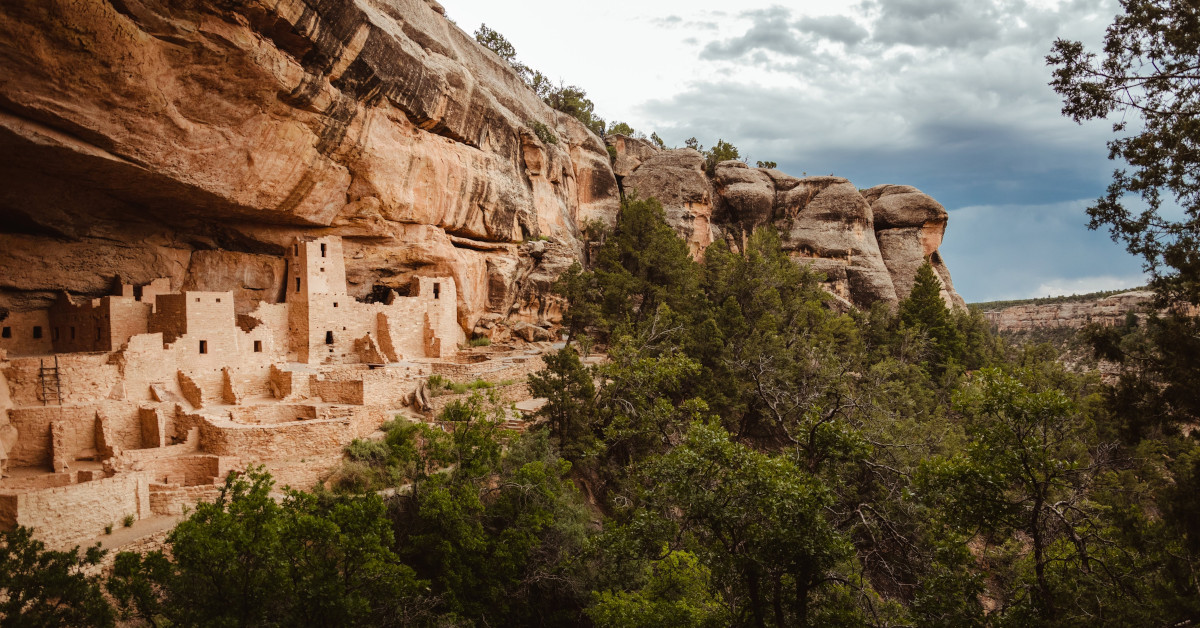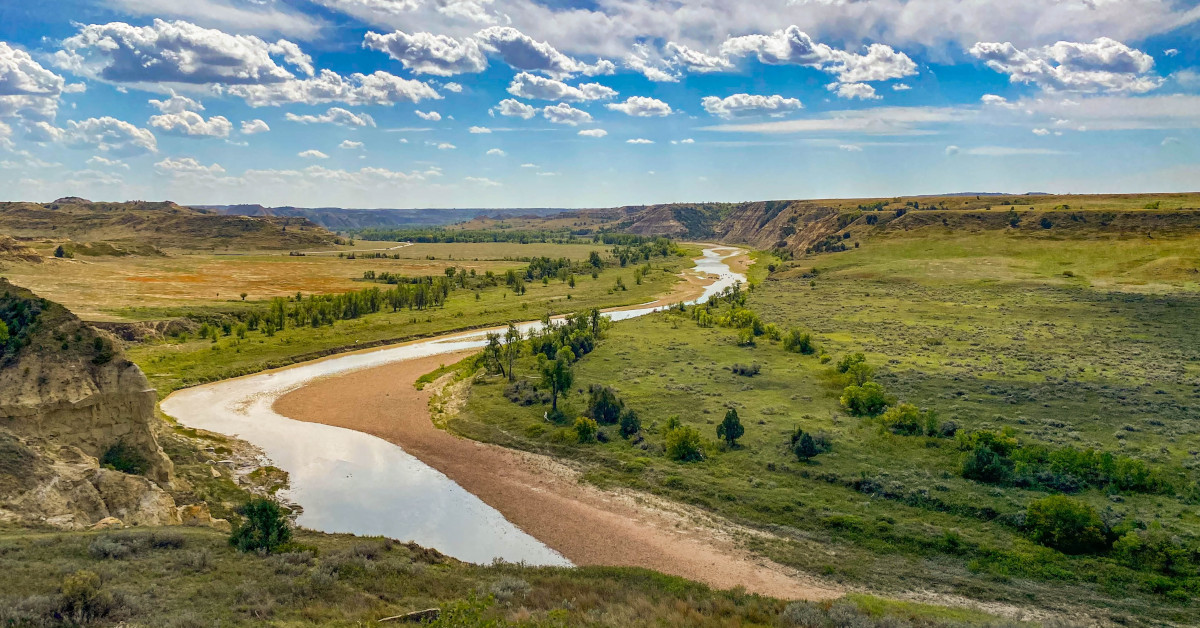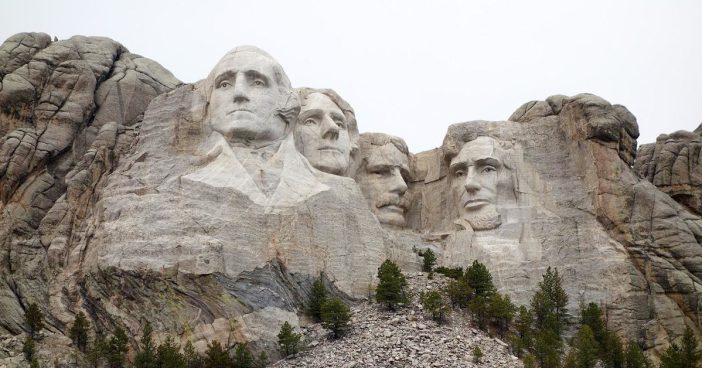My last blog (Cultural Resources Preservation and Modern Society) talked about the beginning perception of cultural resources protection in the 1970s. This blog post was in recognition and culmination of a number of regulations, nationwide, for the protection of historic landmarks and prehistoric archaeological resources through a series of laws and presidential executive orders. In the United States, the process started with the American Antiquities Act of 1906, signed by President Theodore Roosevelt. This article will discuss the beginnings of the Antiquities Act, and the role Roosevelt played in the foundation of the modern environmental movement.
The Antiquities Act of 1906 was the first major federal legislation to govern archaeology in the United States; the act prohibits the removal of antiquities from federal lands without first obtaining a permit for scientific investigation. It authorizes federal courts to impose a fine of up to $500 and imprisonment for up to ninety days against any person convicted of violating the criminal provision of the act.
The Act established a regulatory process through which the federal government could identify sites on its lands, administer permits for archaeological fieldwork and excavations, record findings, establish collections of artifacts, and designate archaeological sites as national monuments. Essentially, it formed the foundation for modern scientific archaeological research in the U.S. This was not the first of such law in North America, however, because Mexico in 1897 enacted the Mexico Law of Archaeological Monuments.
The objective of both the 1897 and 1906 laws was to slow or even prevent the destruction of cultural items that was occurring throughout the U.S. Southwest in the late 1880s and 1890s (for example, Chaco Canyon and Cliff Palace at Mesa Verde), and the unchecked excavations in Mexico both by looters and at times by American and European Museums. It was impossible then, and still is impossible now, to totally stop both intentional and inadvertent destruction, but nonetheless The Antiquities Act was an excellent start at preservation.
The most important aspect here, The Antiquities Act authorizes the President to declare historic landmarks, historic and prehistoric structures, and other objects of historic or scientific interest located on federal lands as national monuments. Under the act, permits may be “granted by the Secretaries of the Interior, Agriculture, and Army to institutions which they may deem properly qualified to conduct such examination, excavation, or gathering, subject to such rules and regulations as they may prescribe.” This was the beginning of fully scientific excavation and treatment of cultural resources in the U.S. Luckily for the country, Theodore Roosevelt was not only president for the inception of the Act, but was also somewhat responsible for the beginning legislation through friends in Congress who sponsored the original legislation.

The Antiquities Act stands today as the foundation for cultural resources management and preservation in the U.S. as well-known national monuments such as Devils Tower, Wyoming (the first designated under the Act); El Morro and Chaco Canyon, New Mexico; Montezuma Castle, Grand Canyon, Tumacacori Mission, Tonto Cliff Dwellings and Petrified Forest, Arizona; Lassen Peak, Cinder Cone, Pinnacles, and Muir Woods, California; Jewel Cave, South Dakota; Lewis and Clark Cavern, Montana; Wheeler Peak, Colorado; Natural Bridges, Utah; and Mount Olympus, Washington all owe their protected existence to the foundations of the Antiquities Act. Eighteen national treasures were preserved in the first 29 months of the Act – all of these enacted while Theodore Roosevelt was president.
It was Roosevelt’s drive, love for America, and affection he had for the wilderness in the western U.S. that lead to what has become our historic legacy. On an early visit to the Badlands of North Dakota in 1883, Roosevelt fell in love with the rugged landscape and became interested in the new business of cattle ranching. After talking with local ranchers, he decided to invest in a local cattle operation. The next summer, following the death of his wife and mother in February, Roosevelt returned to the badlands. During his stay, he started a second ranching operation called the Elkhorn Ranch. After its creation, Roosevelt considered Elkhorn to be his “home ranch” and spent most of his time there whenever he was in Dakota. His time in the badlands exposed him to the traditional peoples of the region including the Mandan, Hidatsa, Crow, and many others. It provided him with a great understanding of the environment with wildlife, plants and water all interacting with the needs of mankind.
I feel this multicultural exposure to different groups, the understanding of the land, and living through the seasons in a harsh environment opened Roosevelt’s mind and heart to a preservation ethic. Roosevelt later had the good fortune to be in position to direct the country toward an understanding of all aspects of the environment. This integration of history, culture, and environment forms the foundation for the modern environmental movement.

The area encompassed by Roosevelt’s Elkhorn Ranch in North Dakota is now a part of Theodore Roosevelt National Park, and is administered by the National Park Service. The National Park Service was founded 10 years after Roosevelt left office. In a way, the Service represents the culmination of the Antiquities Act of 1906, because many of the resources then are now controled by the National Park Service. The irony of the legacy of Roosevelt’s beloved ranch house is that it is currently being threatened by the booming oil and gas industry in North Dakota. The integration of the needs of a pristine environment with the needs of modern society for land, water and energy are coming into conflict in an area where the beginnings of preservation ethics in this country began.
The complex balance between human needs for food and shelter, and the desire to preserve an environment similar to the way we found it, requires extensive knowledge from a variety of experts. FirstCarbon Solutions has this expertise, and can help you with the complexities of development in a world with many competing interests.




